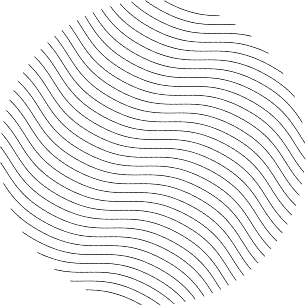Biography
Mário Schenberg (Schonberg), Brazilian theoretical physicist (Recife 02 July 1914 – São Paulo 10 November 1990)
Son of Russian Jewish immigrants
ACHIEVEMENTS
Authored 114 works
A new type of Fourier generalized integrals
Sobre um novo tipo de integrais generalizadas de Fourier. Anais Acad. Bras. Ciencias 9:328, 1937
Proposed URCA mechanism for explaining supernovae collapse using neutrinos behavior
With G. Gamow. Neutrino theory of Stellar Collapse. Physical Review 59:539-47, 1941
Proposed angular momentum for gravitational field
Physical Review 60:46, 1941
Proposed non-conservation of parity in strong interactions involving mesons
Physical Review 60:468, 1941
With G. Wataghin, M. D. S. Santos & G. Occhialini first observed the phenomenon of mesons production in groups simultaneously emitted in an one nuclear process (1941)
Proposed Chandrasekhar-Schonberg limit
With S. Chandrasekhar. On the evolution of the main sequence stars. Astrophys. Journal 96:161-72, 1942.
Presented a dinamical variational principle (1944) obtained by F. Rohrlich in 1959
Introduced the idea of indistinguishability of particles in a classical context and the Fock spaces in classical statistical mechanics (1952-3)
With S. Godsack & G. Vanderhaeghe. Possible example of a new mode of disintegration of the neutral meson. Nuovo Cimento 10:1480, 1953
Demonstrated a link between the quantized motion of the Madelung fluid and the trajectories of the de Broglie-Bohm theory (1954)
Suggested a new idempotent to the Heisenberg algebra (1958)
Published the paper Quantum Mechanics and Geometry in Anais Acad. Bras. Ciencias 29, 1957 and 30, 1958 in 5 parts in which anticipated super symmetry principle before Soviet physicists (1969) and introduced 2 Grassmann algebras extensions (commutative and anticommutative) known as Grassmann-Schonberg algebras
Brought up ideas about “primary physical continuum” in Proceedings of International Conference on Elementary Particles, Kyoto, Japan, 1965.
Showed spin geometrical origin
Explained mesonic origin of cosmic rays
Proposed an unity between classical and quantum treatment of matter
Presented a new conception on octet’s model
Obtained original results about stars types seen in nuclear emulsions and about Auger effect in negative mesons capture
Discovered a phenomenon that occurs in the collision of a meson with an atomic nucleus
Presented a new aspect of Einstein unified field (1971)



